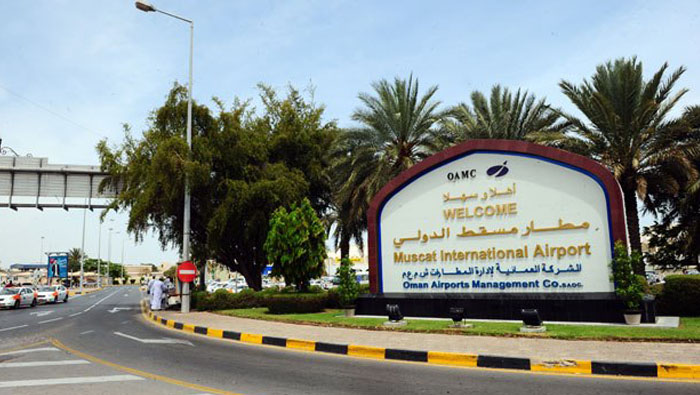
MUSCAT: Embark on a journey down memory lane, where citizens and long-time residents can reminisce about their adventures at the historic Seeb International Airport.
As the new Muscat International Airport took flight in 2018, the old Seeb International Airport took on various roles, even serving as a field hospital during the pandemic.
In an exciting announcement on Saturday, the Civil Aviation Authority (CAA) unveiled plans to breathe new life into the old airport by transforming it into an Aviation Museum. This ambitious project aims to chronicle nine decades of aviation development in the Sultanate, offering visitors a captivating glimpse into Oman’s rich aviation heritage.
During a programme on Oman TV, Engineer Nayef bin Ali Al Abri, President of the Civil Aviation Authority, said, “The old airport will serve multiple purposes, with our foremost ambition being to establish an aviation museum that preserves the legacy and history of Oman’s aviation sector, spanning 94 years.”
Al Abri elaborated, “In addition to the museum, we envision creating a vibrant destination where people of all ages can indulge in recreational activities.”
Highlighting the significance of repurposing the airport, Al Abri noted, “Retaining a portion of the old airport for parking vintage planes will provide an authentic aviation museum experience.
“Alongside classic aircraft, the museum will showcase cutting-edge aviation technology and airspace science projects. With state-of-the-art multimedia displays and a captivating collection of artefacts, the museum will bring Oman’s illustrious aviation history to life, celebrating the milestones that have shaped Oman Air into the globally recognised brand it is today.”
Nearly a century in the skies
The journey of Oman’s aviation spans nearly a century, marked by pioneering achievements and significant milestones that have shaped the nation’s aerial landscape.
In 1929, the skies above Oman witnessed their first commercial plane landing, an event etched into the annals of history, as an aircraft touched down on a makeshift airstrip in the Bait Al Falaj area. This momentous occasion heralded the dawn of aviation in the Sultanate, albeit primarily for military and sporadic civilian flights.
On December 23, 1973, a new chapter unfolded as Seeb International Airport ceremoniously opened its gates to the world, becoming the primary gateway to Oman's skies. Renowned for its strategic location and modern facilities, Seeb International Airport played a pivotal role in bolstering Oman's connectivity with the global aviation network.
In a symbolic gesture reflective of the nation's progress and aspirations, Seeb International Airport was rechristened as Muscat International Airport on February 1, 2008. This renaming ceremony not only reaffirmed the capital's status as a vital aviation hub but also underscored Oman's commitment to embracing modernity while preserving its rich heritage.
March 20, 2018, marked a historic milestone as Oman proudly unveiled its state-of-the-art new airport, signaling a paradigm shift in the country's aviation landscape. Boasting world-class infrastructure and cutting-edge amenities, the new Muscat International Airport epitomises Oman's vision of excellence and innovation in aviation.
As Oman continues to soar to new heights, the transformation of the old Seeb International Airport into an Aviation Museum stands as a testament to the nation's enduring legacy in aviation. This visionary initiative not only pays homage to Oman's aviation pioneers but also invites visitors to embark on a captivating journey through time, retracing the remarkable evolution of aviation in the Sultanate.